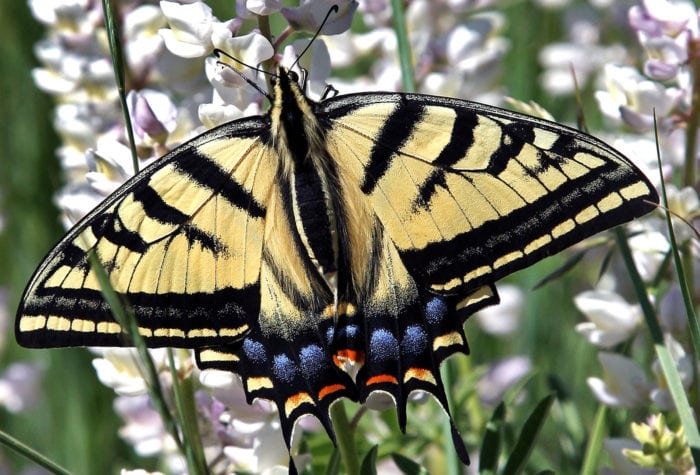Oregon’s high desert is teeming with a diversity of fish and wildlife, including species that are found nowhere else on the planet.
Living in high desert sagebrush steppe, with all its variations in temperature and precipitation, requires unique adaptations of its inhabitants. And yet, a surprising diversity of plants and animals make their home in Oregon’s Sagebrush Sea, including a number of species that literally would not exist if not for these sagebrush shrublands. Known as “sagebrush obligates” and “sagebrush-dependent species,” they include a number of species you probably know — greater sage-grouse, pygmy rabbit and pronghorn — and a few you may be less familiar with — loggerhead shrike, kit fox and sagebrush lizard.
The sage-grouse, pygmy rabbit and pronghorn antelope all thrive in a healthy sagebrush steppe ecosystem. This is especially true in the Greater-Hart Sheldon region which holds some of the most important sage-grouse habitat in the state and the Western U.S., a critically important pronghorn migration corridor, and core habitat for the imperiled pygmy rabbit.
